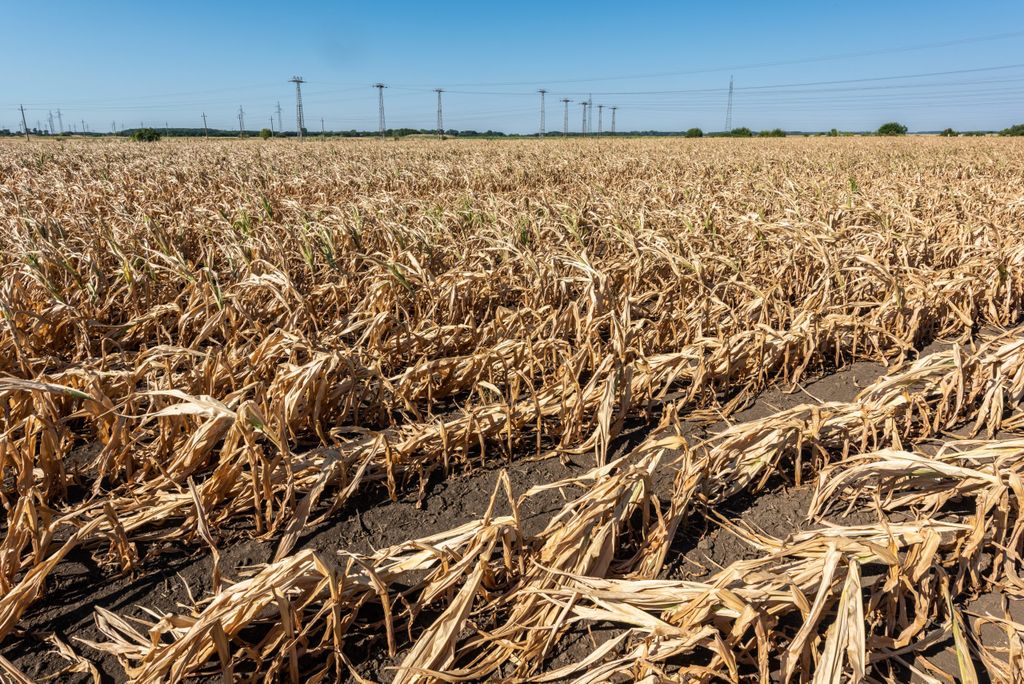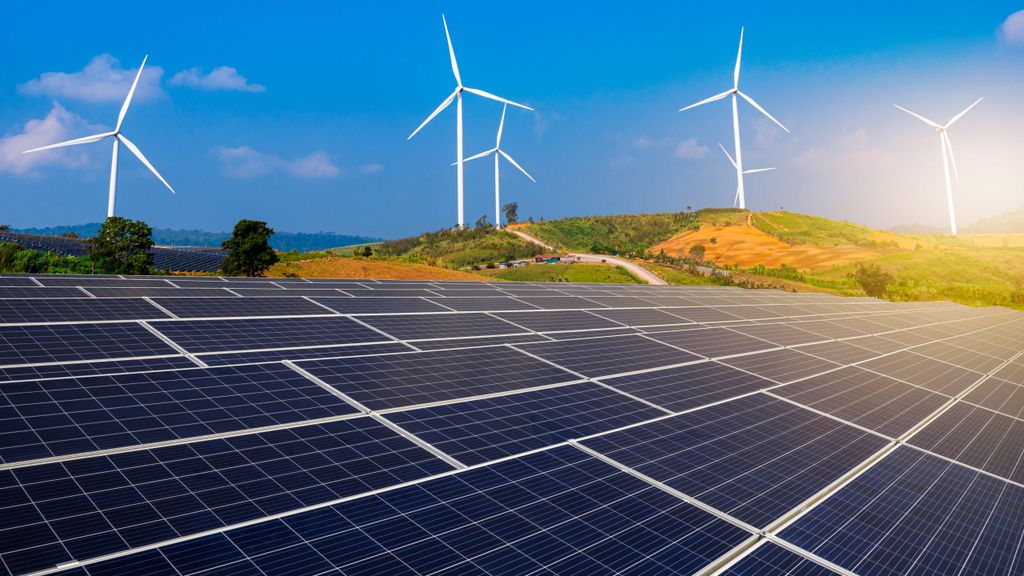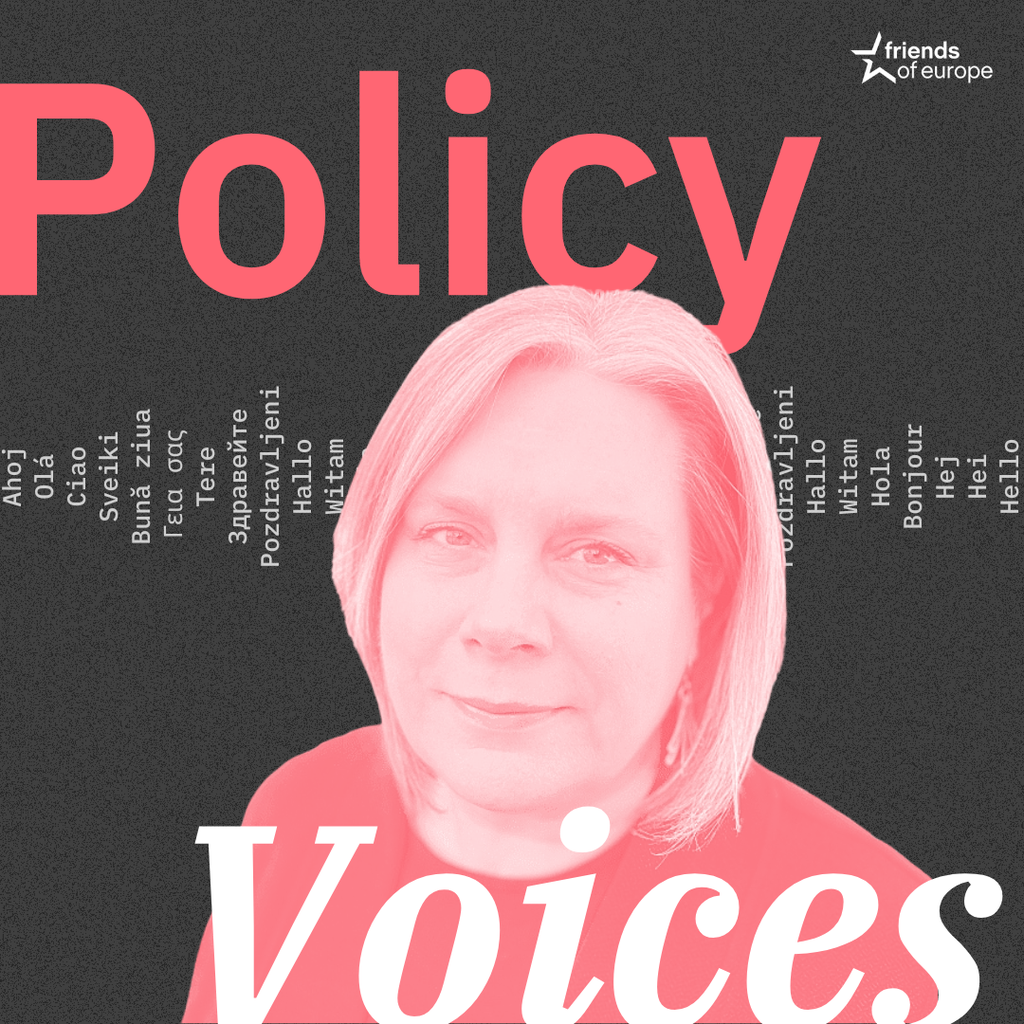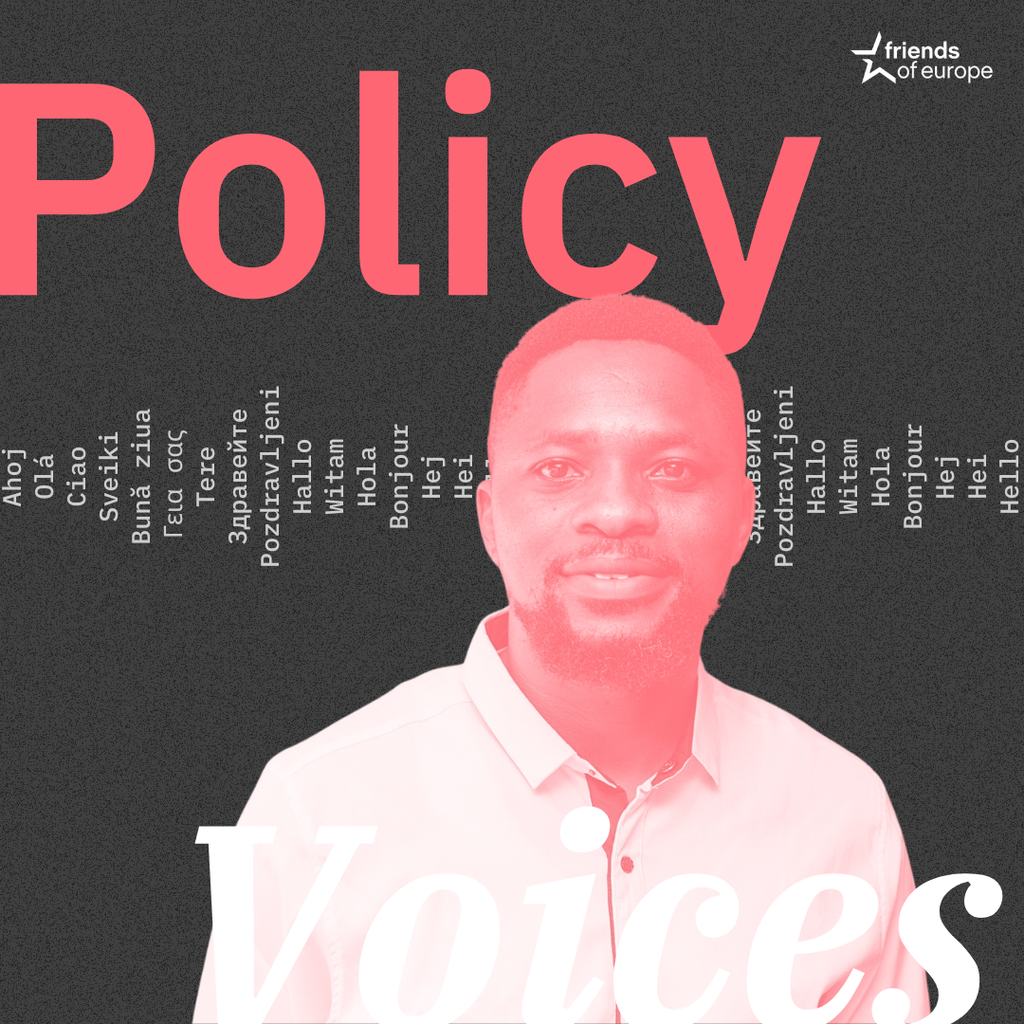A bold vision for a climate-neutral and competitive Europe
Next event In person & livestreamed

- Area of Expertise
- Climate, Energy & Natural Resources
Climate, Energy & Natural Resources

Co-Founder and CEO at Treccani Futura and 2020-2021 European Young Leader (EYL40)
Climate migration and refugees, loss in biodiversity, freshwater shortages, dangerous and violent extreme weather events and much more… Most individuals, whether children or adults, will have no difficulty in identifying these as consequences of the climate emergency. But when it comes to talking about climate action, the conversation suddenly becomes more difficult. Why?
In July 2021, the European Commission published its Fit for 55 Package, which outlines a set of proposals to overhaul the European Union’s climate architecture and bring down emissions by at least 55% this decade. If the EU is to meet its climate targets, it’s essential that all citizens – regardless of age – are involved in the transition to a carbon-neutral society.
The climate emergency is a monumental obstacle and the necessary paradigm shift will require action from all individuals. So, in order to tackle this gap in necessary climate action, we need to understand the root causes of inaction at the individual level.
Adults – as parents, role models and teachers – must support youth and vice versa
Firstly, the consequences of climate change are largely perceived as distant, both in terms of time and space. Without first-hand experience, individuals will procrastinate on climate action. It’s written in our evolution: we are prone to seek immediate gratification rather than work towards long-term benefits. As suggested by Tali Sharot, author of “The Optimism Bias”, our brains tend to influence a positive outlook of the world in order to limit stress. Moreover, our perspective tends to be local and imbued with individualism.
Secondly, habits are a strong force, for better or worse. The most feared notion for an innovator – “that’s how we have always done things” – is most pronounced in organisations and communities, but it also applies to economic and financial systems. The entire model of our society needs to change radically if the EU is to reach climate neutrality by 2050.
Finally, dissonance between generations limits the strength of collaborative communities. The youth climate movement is powerful, but the task of addressing the climate crisis cannot be placed solely on their shoulders. Adults – as parents, role models and teachers – must support youth and vice versa.
There are many concrete actions to take in order to address these causes of inaction, and they are all equally important. Teachers and schools have a crucial role in actively helping young generations build the entrepreneurial, future-oriented critical thinking and innovation skills they and we all need to positively shape our collective future. The development of active education formats that help students analyse the environmental impact of their surroundings, be it their home, school or community setting, can help them identify specific actions to reduce their carbon footprint.
This work needs to be done both inside and outside the traditional classroom setting
Climate education should also go beyond the classroom setting because climate action must be an intergenerational effort. Project-based learning approaches in schools can help students engage with older generations, starting with the child’s parents and grandparents. Moreover, organised events can foster dialogue among different generations to address specific challenges through local and mutualistic perspectives. Lifelong learning initiatives can further support widespread understanding of the environment and sustainability among communities.
Climate action must be accessible, attainable and achievable. From classroom to lifelong learning, access to comprehensible information is essential to influence and inspire climate-friendly choices and habits. Tangible and transparent indicators help individuals understand the difference between available choices and options, especially when it comes to products and services.
As is well stated by the European Climate Pact initiative, each individual needs to be involved if we are to solve the climate crisis. In order to clearly and explicitly show the potential impact of individual actions, the initiative guides individuals in setting goals to reduce their carbon pollution through the Count Us In platform.
This is a valuable initiative in getting all ages to take climate action. Now, it’s time to reform learning programmes to change the narrative on the climate emergency, nurture new values and habits, and design a sustainable world. This work needs to be done both inside and outside the traditional classroom setting because there is no age limit for climate awareness and taking climate action. After all, age is just a number.

This article is part of our European Climate Pact series. The European Climate Pact is a movement of people united around a common cause, each taking steps to build a more sustainable Europe for us all. Launched by the European Commission, the Climate Pact is part of the European Green Deal and is helping the EU to meet its goal to be the first climate-neutral continent in the world by 2050.
Learn more about the European Climate Pact here.
You may also like…
Next event In person & livestreamed

Past event In person & livestreamed

Past event In person & livestreamed

Past event In person & Livestreamed





Stay informed
We use cookies and similar technologies to adjust your preferences, analyze traffic and measure the effectiveness of our campaigns. Learn more about our privacy policy.